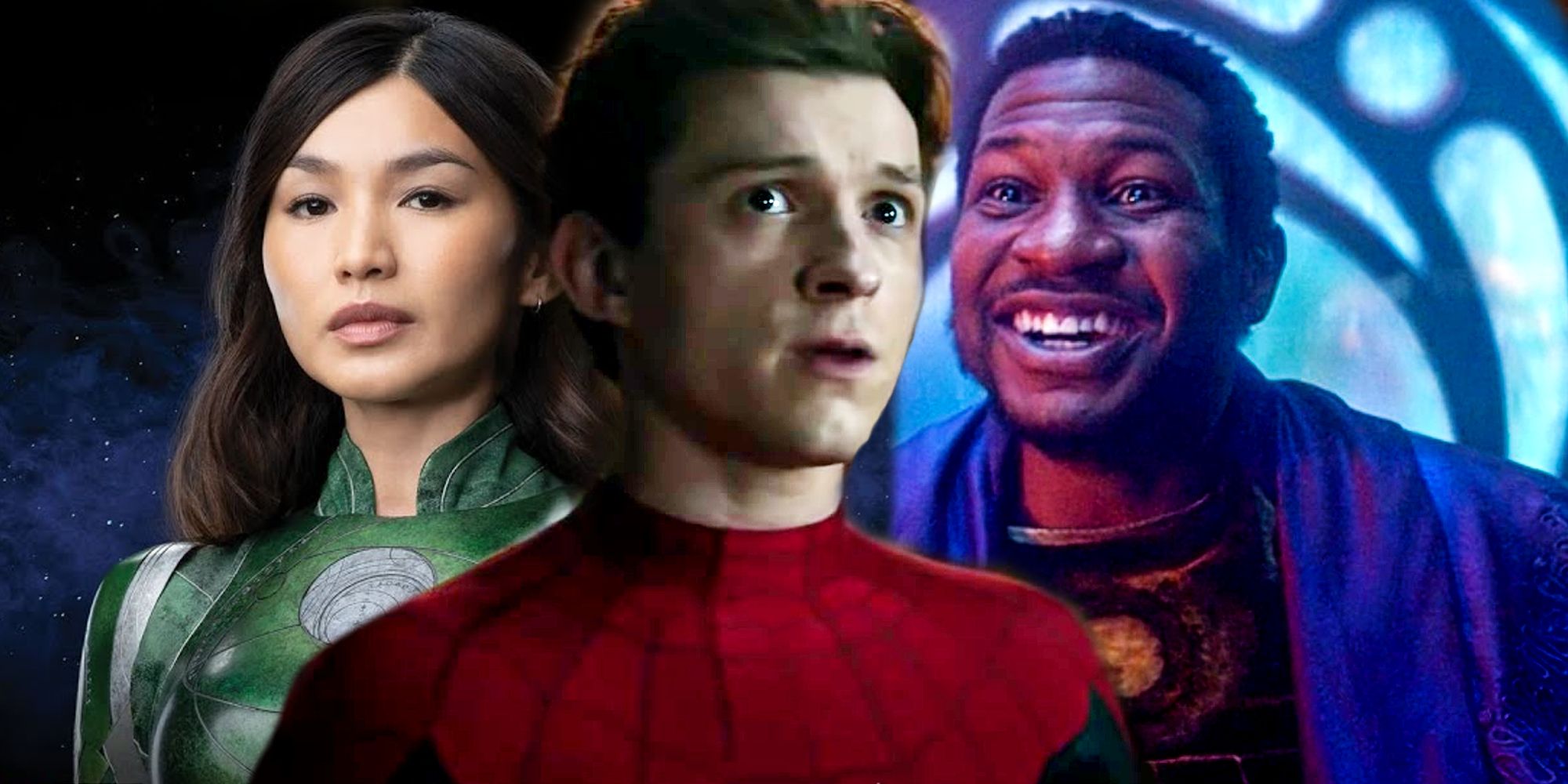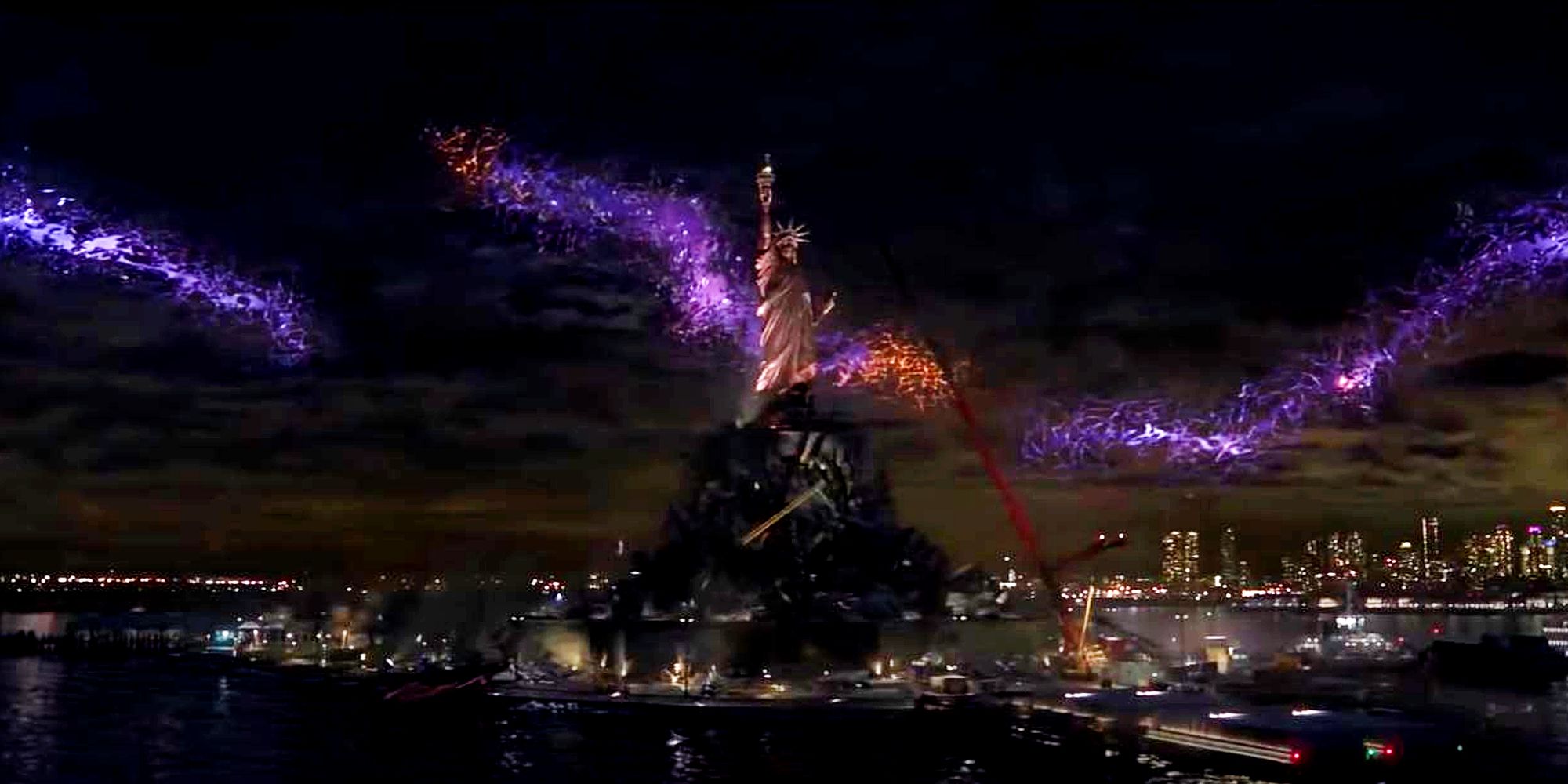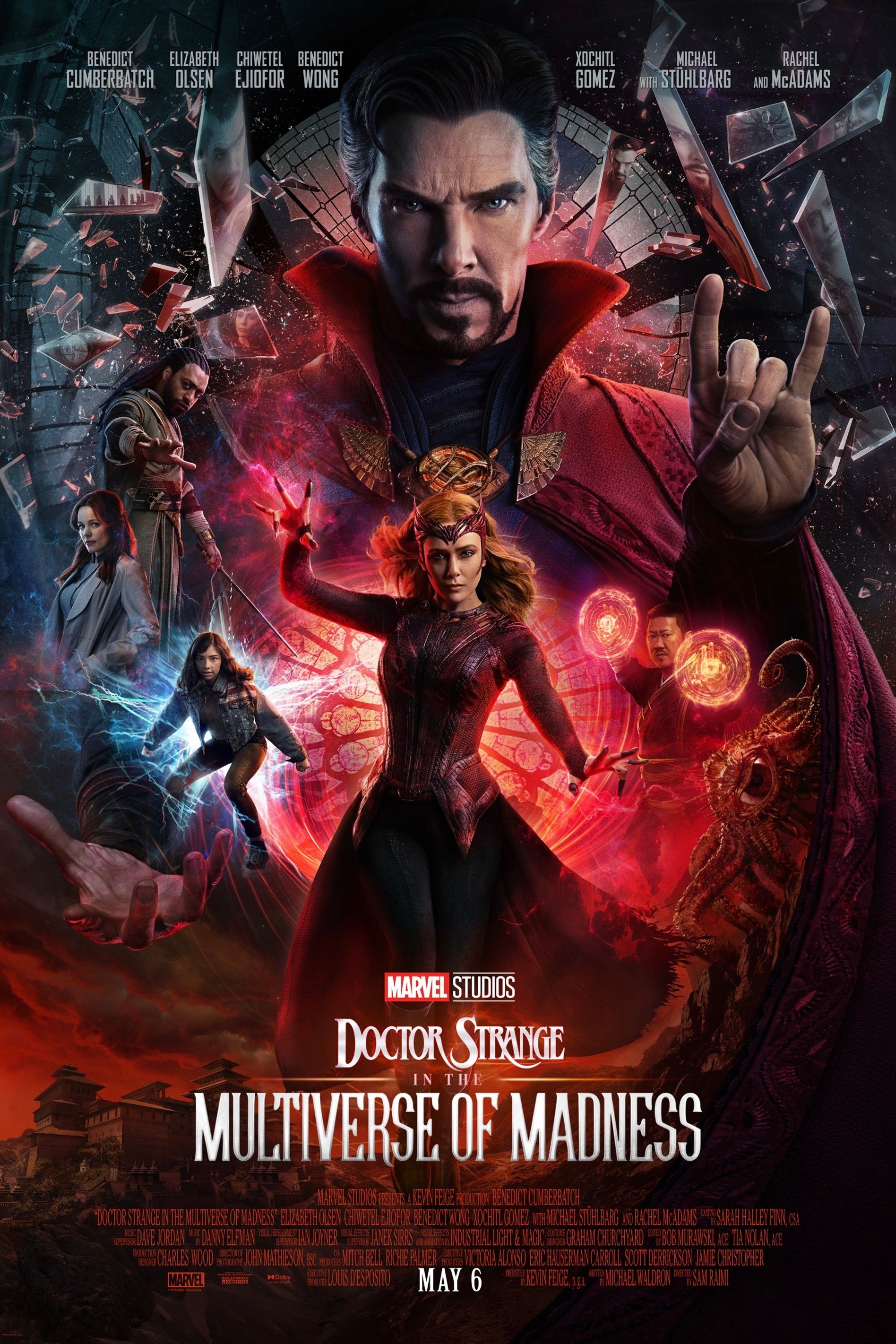The second full trailer for Spider-Man: No Way Home makes the threequel's place in the MCU Phase 4 timeline more clear. The aftermath of Avengers: Endgame and Spider-Man: No Way Home set up all the circumstances that led to Peter Parker's biggest battle to date. Without Tony Stark to guide him and without the Avengers to support him in battle, Spider-Man can only rely on Doctor Strange and his closest friends during his multiversal fight against Dr. Octopus, Green Goblin, Electro, Sandman, and Lizard.
But despite Spider-Man: No Way Home's status as a direct continuation of the Infinity Saga, the asynchronous settings of all the Phase 4 titles released so far have made it difficult to pinpoint which releases happen first. For instance, WandaVision takes place only two weeks after the end of Avengers: Endgame, while Black Widow takes place between Captain America: Civil War and Avengers: Infinity War, and the entirety of The Falcon and the Winter Soldier and Eternals' emergence take place six months after Steve Rogers passed the shield on to Sam Wilson. Loki, on the other hand, takes place outside time and space, but its finale could still be aligned with the events of Spider-Man: No Way Home.
One of the first reveals in the second trailer for Spider-Man: No Way Home is that the post-credits scene of Spider-Man: Far From Home, where Mysterio revealed Peter Parker's secret identity to the world, happened one week after Spider-Man's battle with Mysterio. Spider-Man: No Way Home directly follows this moment, with Peter Parker and MJ escaping from the crowd and beginning Peter's quest for redemption. It hasn't been confirmed exactly how long it takes for Spider-Man to go to Doctor Strange for help, but the first trailer suggested that Peter will only come up with the idea when he sees Halloween decorations that resemble the sorcerer. Therefore, Spider-Man: No Way Home starts in the Summer of 2024 (eight months after the events of Avengers: Endgame) and likely jumps ahead towards fall or winter of the same year.
Another great clue at the position of Spider-Man: No Way Home in the timeline is the appearance of multiversal rifts during the final shots in the second trailer. Doctor Strange seems extremely worried about them and warns Peter that he can't stop what's about to happen. The cracks are eerily similar to the Sacred Timeline at Loki's Citadel at the End of Time, which started going out of control moments before Sylvie killed He Who Remains. As soon as the Sacred Timeline got destabilized, He Who Remains called this moment, "the Threshold". Therefore, He Who Remains' death is likely to take place at the same time that Spider-Man fights the multiversal Sinister Six.
All of this also has implications for other parts of the MCU. For instance, Venom and Eddie Brock will have more than enough time to make themselves at home in the MCU after being teleported while Peter Parker's identity was being revealed. Titles like Hawkeye will also have to either acknowledge the opening of the multiverse or find clever ways to ignore it, given how huge of an event it is. Marvel fans have waited more than two years for one of the MCU's biggest movies so far, but for Peter Parker, the events of Spider-Man: No Way Home barely gave him a week to assimilate Mysterio's alleged death before presenting him with the biggest challenge in his life.







